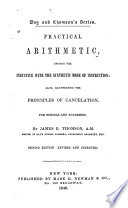 | James Bates Thomson - Arithmetic - 1846 - 362 pages
...2 on the right of the given number for tke first figure in the root, we subtract its cube from the period, and to the remainder bring down the next period for a dividend. This shows that we have 7625 solid feet to be added to the cubical mound already found. 3. We square... | |
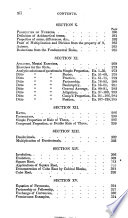 | James Bates Thomson - Arithmetic - 1846 - 354 pages
...2 on the right of the given number for the first figure in the root, we subtract its cube from the period, and to the remainder bring down the next period for a dividend. This shows that we have 7625 solid feet to be added to the cubical mound already found. 3. We square... | |
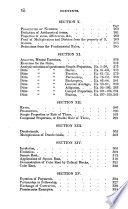 | James Bates Thomson - Arithmetic - 1846 - 402 pages
...2 on the right of the given number for the first figure in the root, we subtract its cube from the period, and to the remainder bring down the next period for a dividend. This shows that we have 7625 solid feet to be added to the cubical mound already found. 3. We square... | |
 | Joseph Ray - Algebra - 1848 - 250 pages
...the right, after the manner of a quotient in division. Subtract the square of the root from the left period, and to the remainder bring down the next period for a dividend. 3d. Double the root already found, and place it on the left for a divisor. Find how many times the... | |
 | Benjamin Greenleaf - 1863 - 338 pages
...square in the left-hand period, and place its root on the right ; subtract the square of this root from the first period, and to the remainder bring down the next period for a dividend. 4356 36 126 756 756 ELEMENTARY ALGEBRA. Divide this quantity, omitting the last figure, by double the... | |
 | Isaac Todhunter - Algebra - 1863 - 302 pages
...749 is contained in the first period; this 749 is the first figure in the root; subtract its square from the first period, and to the remainder bring down the next period. Divide this quantity, omitting the last figure, by twice the part of the root already found, and annex... | |
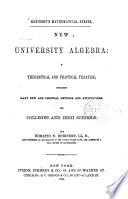 | Horatio Nelson Robinson - Algebra - 1864 - 444 pages
...left and right. II. Find the greatest cube in the left hand period, and place its root for the ßrst figure of the required root ; subtract this cube from the first period, and to the remainder briny down ilie next period for a dividend. III. At the left uf the dividend write three limes the... | |
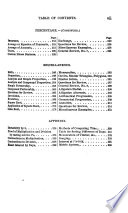 | George Augustus Walton - Arithmetic - 1864 - 376 pages
...period, and write its root as the first term in the answer. Subtract the square number from the left hand period, and to the remainder bring down the next period for a dividend. Take twice the root already found for a trial divisor ; rejecting the right hand figure of the dividend,... | |
 | George Augustus Walton - Arithmetic - 1864 - 364 pages
...hand period, and write its root as the first term in the answer. Subtract the cube from the left hand period, and to the remainder bring down the next period for a dividend. Multiply the square of the root already found, considered as tens, by three for a trial divisor. Divide... | |
 | Francis Walkingame - 1865 - 222 pages
...the square number under the first period, and the root in the quotient ; subtract the square number from the first period, and to the remainder bring down the next period, and call that the resolvend. Thirdly, Double the quotient, and place it for a divisor on the left hand... | |
| |